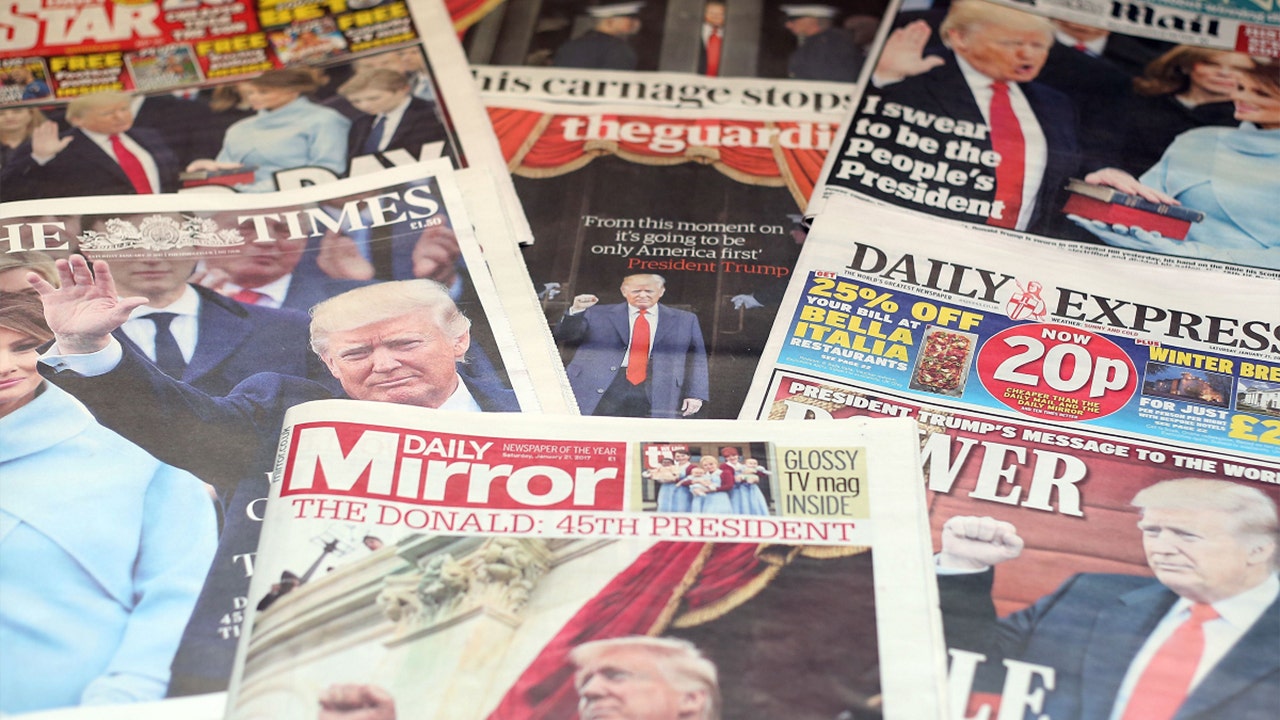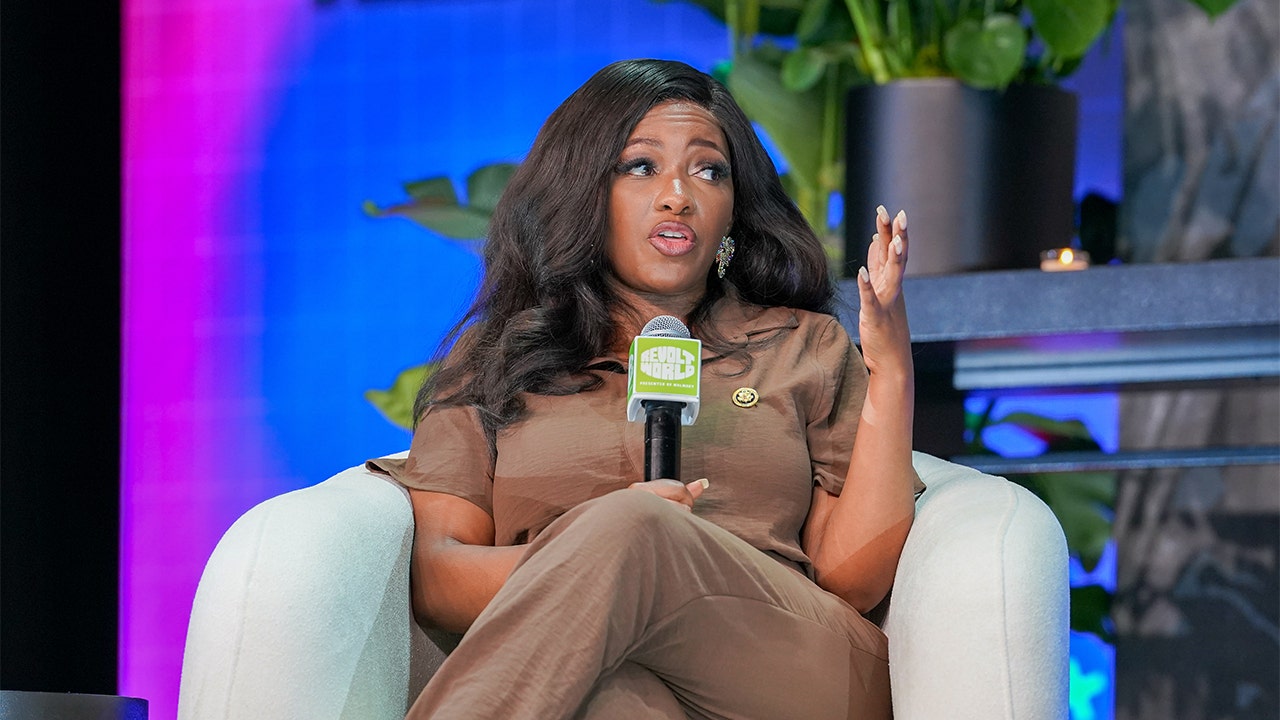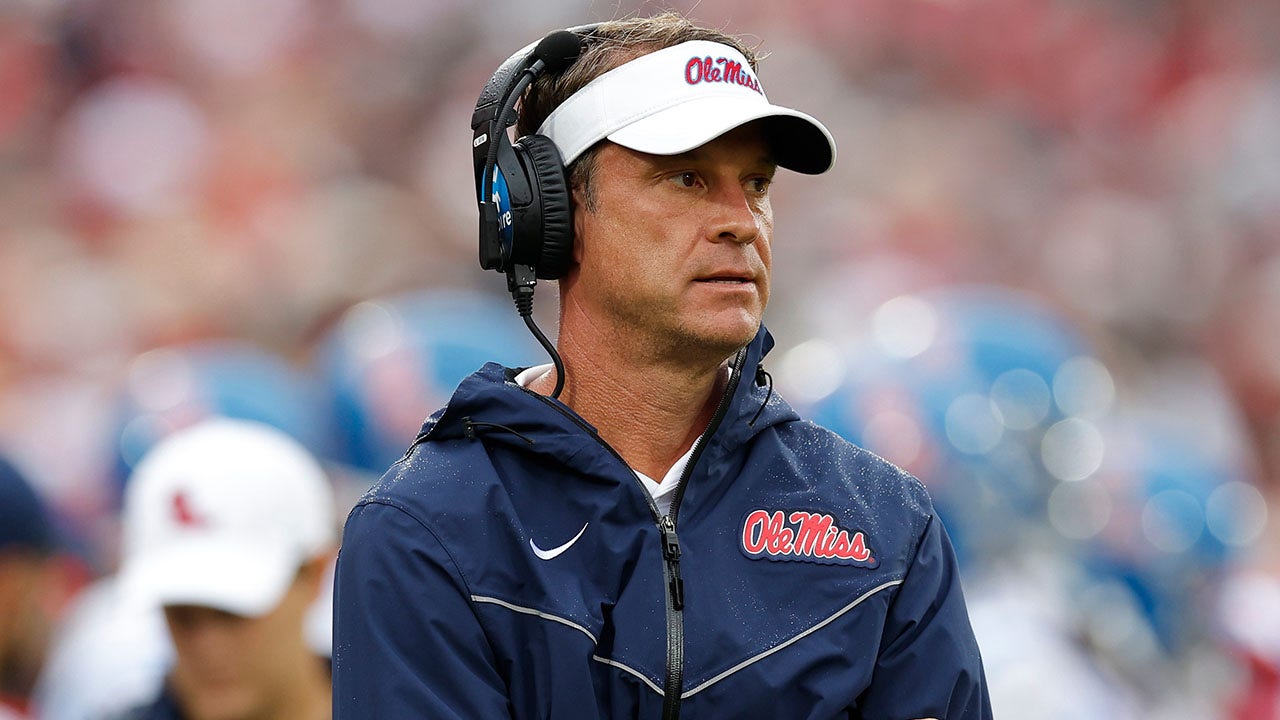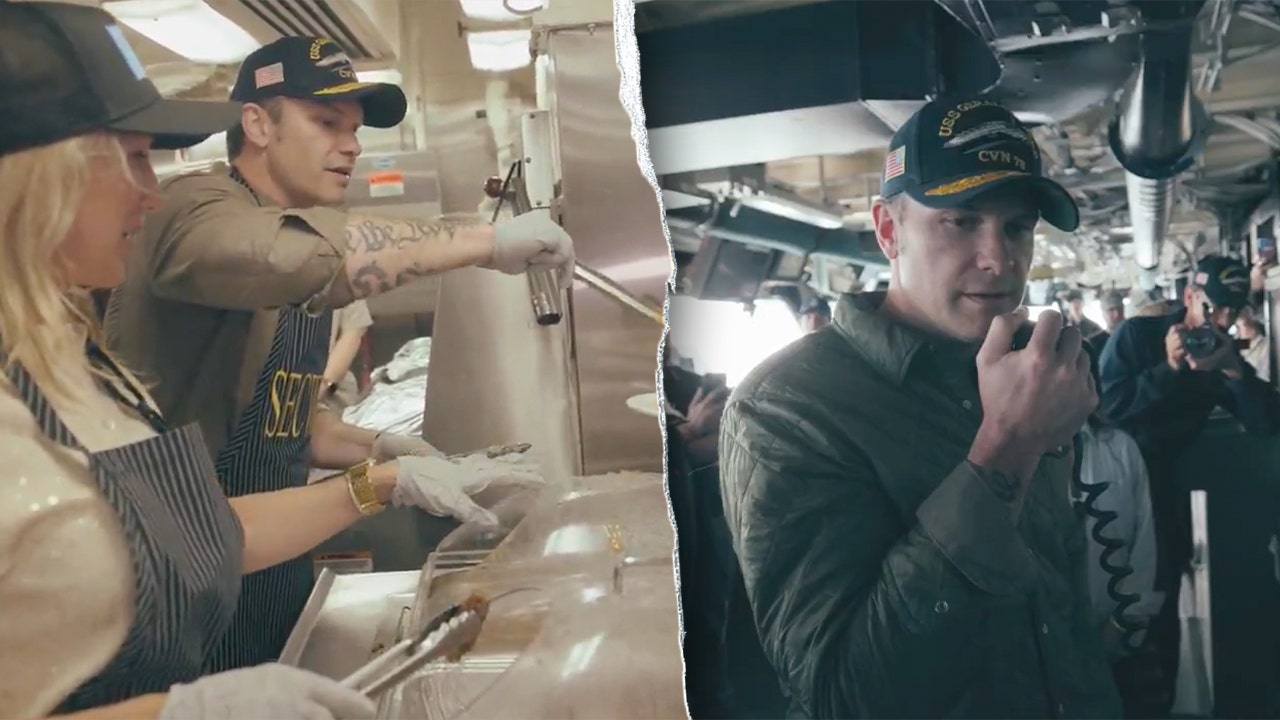From George Washington to Trump, inauguration coverage has changed with technology

Millions of people across the country are eagerly anticipating President-elect Trump’s second inauguration ceremony. With advancements in technology, the way inaugurations are presented to the public has evolved significantly over the years. From George Washington’s delayed speech in 1789 to Thomas Jefferson’s same-day newspaper printing in 1801, the public’s access to inaugural addresses has greatly improved.
James Polk’s telegraphed speech and James Buchanan’s photographed inauguration marked significant milestones in the history of inaugural coverage. The introduction of video recordings during William McKinley’s 1901 address paved the way for further technological advancements in capturing presidential speeches.
Warren Harding’s use of loudspeakers in 1921 and Calvin Coolidge’s national radio broadcast in 1925 brought inaugurations directly into people’s homes. Herbert Hoover’s talking newsreel in 1929 further enhanced the multimedia experience for viewers.
The post-World War II era saw the rise of television broadcasts, with Harry Truman’s live inauguration in 1949 marking a new era of accessibility for Americans. John F. Kennedy’s color television broadcast in the 1960s further revolutionized how inaugurations were viewed.
Ronald Reagan’s satellite inaugural balls in the 1980s aimed to bring the festivities to Americans nationwide, while Bill Clinton’s internet livestream in 1997 made the event accessible online. Barack Obama’s social media-savvy presidency in 2013 set a new standard for online engagement during inaugurations.
As technology continued to advance, Joe Biden’s 2021 inauguration relied heavily on digital platforms due to the COVID-19 pandemic. His address emphasized unity and resilience in the face of challenges, reaching a global audience through various online channels.
With each presidential inauguration, the use of technology has played an increasingly integral role in how the event is experienced by the public. As millions of viewers prepare to tune in to President-elect Trump’s second inauguration, the seamless integration of traditional and digital platforms will ensure that the historic event is accessible to audiences around the world.




